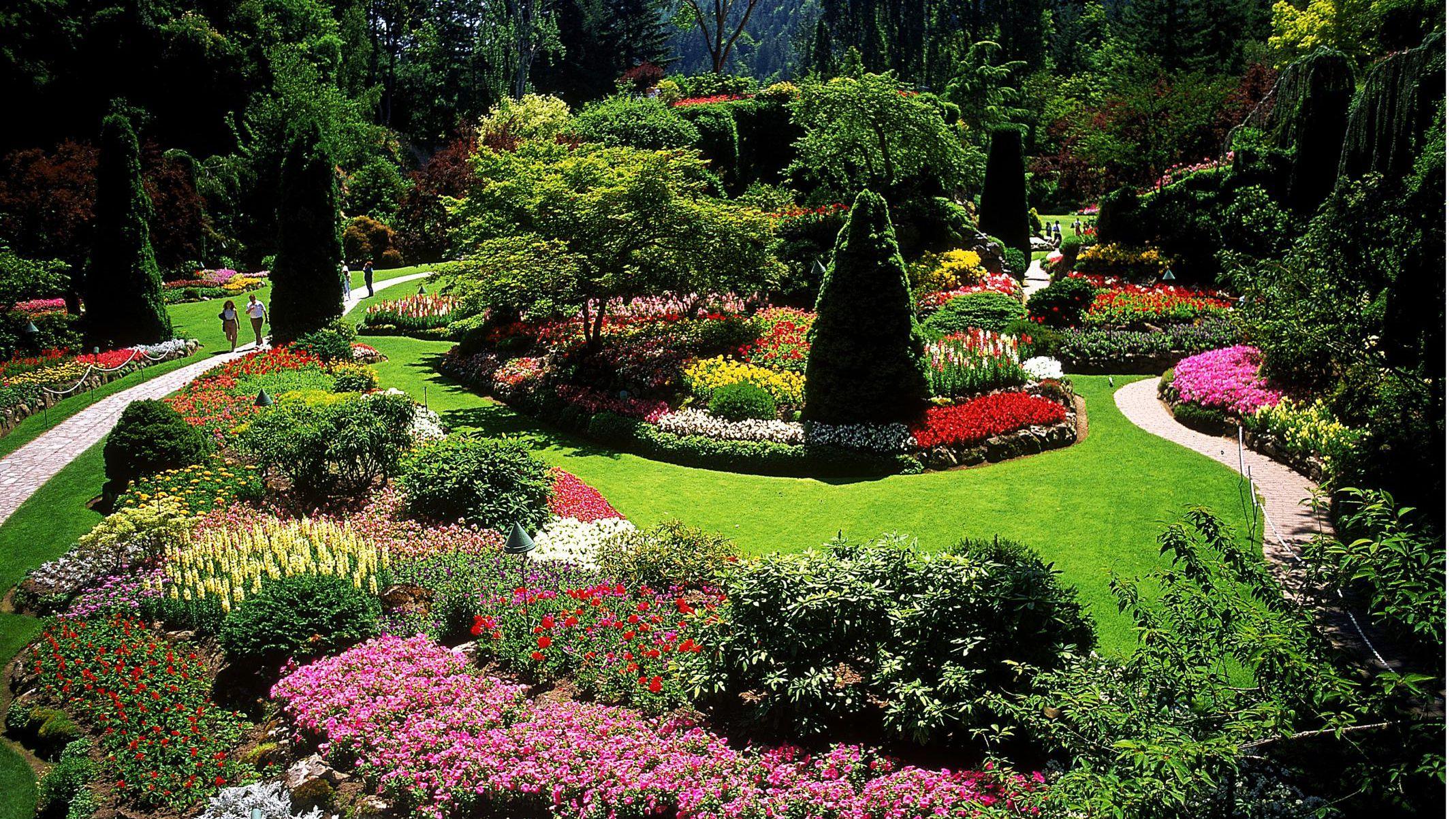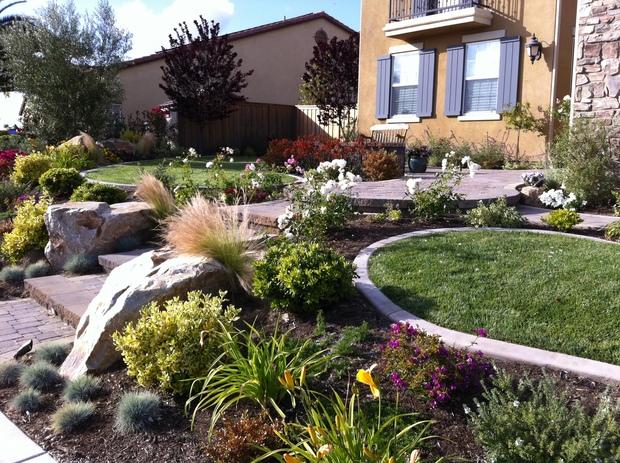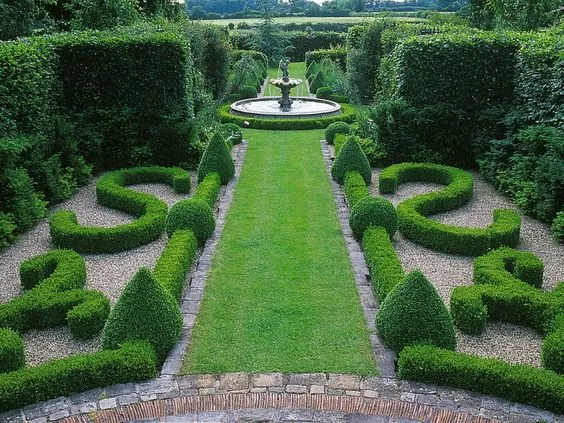4 Simple Techniques For Landscapers
4 Simple Techniques For Landscapers
Blog Article
Landscapers Can Be Fun For Everyone
Table of ContentsGet This Report on LandscapersThe Basic Principles Of Landscapers The Basic Principles Of Landscapers The 4-Minute Rule for LandscapersThe Main Principles Of Landscapers The 6-Minute Rule for Landscapers
- A garden function where water is represented by an accumulated rock item, typically a crushed rock or granite.- A rock or natural flagstone patio, path, or pathway built without a concrete base.- A stone keeping or complimentary standing wall constructed without using mortar. A very skilled mason is needed for a completely dry stack stone wall. The majority of wall surfaces in Rose city are not dry stacked, also if they show up to be. - An underground structure that gather water and allows it to slow percolate right into the soil around it.
Landscape style that is suitable with a websites' atmosphere in both appearance and sustainability without adverse effects to the environment. Bordering in the landscape is a line of demarcation that produces aesthetic interest in the garden by dividing one segment from one more section. This can be visual or practical, keeping one aspect (such as pea crushed rock) from getting combined right into one more (like bark dust).
Locations can likewise have a sensation of "room" offered by trees, various other growings, fences, or displays. The landscape near the entry to a structure.
All About Landscapers

The aspect in a landscape style or area in a landscape that is suggested to be most noticeable. The focal factor can be a plant, stone, sculpture, collecting area, or various other landscape feature.

Some Known Questions About Landscapers.
Low plants that are allowed or motivated to spread over an area. Can refer to any kind of "difficult" garden elements consisting of statuary or stones however the majority of commonly is utilized to refer to courses, outdoor patios, and walls - Landscapers.: Elevation distinction between the degree of water in a fish pond (or the level of the pump if it sits outside the pond) and the upper electrical outlet of water which affects performance of the water pump in gph (gallons per hour).
A chemical used to manage weeds. Fencing boards that run flat, frequently utilized in modern-day or Japanese-inspired landscape layouts. Lines that specify spaces within a landscape idea. These commonly prolong from edges or essential features of an existing framework. Appropriate use imaginary lines can aid the landscape feel connected to the home and other aspects.
An even more unwinded yard controlled by curved as opposed to straight bed lines and a much less rigid framework. Traditional PNW landscapes are casual. A plant that spreads out even more than desired, or right into habitats where visit their website it does damages. Rose city has a listing of intrusive plants that should not be set up in landscapes due to the fact that they can spread out to forests or waterways and be hard to regulate.
A Biased View of Landscapers
Can consist of head positionings and coverage, pipe sizing, GPM specs, and products needed to install this system. Accredited professional who develops landscapes, coached in design and design as well as in horticulture.
Landscape designers generally have less education than Landscape Architects and are not accredited. A completed landscape style, describing all components for the new landscape.
Calcium material utilized to raise the pH in dirt, which will make it much less friendly to moss (Landscapers). A water tight HDPE material made use of beneath fish ponds, streams and waterfalls in water features. Utilizing many plantings of the very same variety to fill up in a location in the landscape. This can decrease upkeep and water usage in the yard.
A layer of compost or bark dirt used at the base of a plant. A plant that was present in a geographical location before people started altering the landscape.
How Landscapers can Save You Time, Stress, and Money.
Exactly how the garden or a yard aspect is arranged in partnership to read what he said an existing or brand-new feature or to a direction. Turfs that are not cut but grown in landscapes as perennials.

Tiny round crushed rock. Plants that supply seasonal passion and afterwards pass away back in the winter season. have a peek at this website Annuals do not return the complying with period, but perennials do. Winter season grass that is the most typical turf grass in Portland, OR and the rest of the PNW.An open roofed framework over a patio or various other landscape function.
Basalt aggregate varying in size from 1/4" down to dirt. The most usual landscape gravel in the PNW. Area of the landscape developed to manage water until it can soak right into the ground. A chain that regulates water as it travels from a roof covering rain gutter to the ground. Yard framework that produces a planting location that is contained and greater than the bordering quality.
Framework made from timber, concrete, paving rocks, blocks or various other materials for maintaining slopes and stopping excessive disintegration. Slim gutter. Creating a yard attribute being composed mainly of rocks with plantings that match and can thrive in the rough setting. Sprinkler head style that revolves a stream of water across an area.
The smart Trick of Landscapers That Nobody is Talking About

Report this page